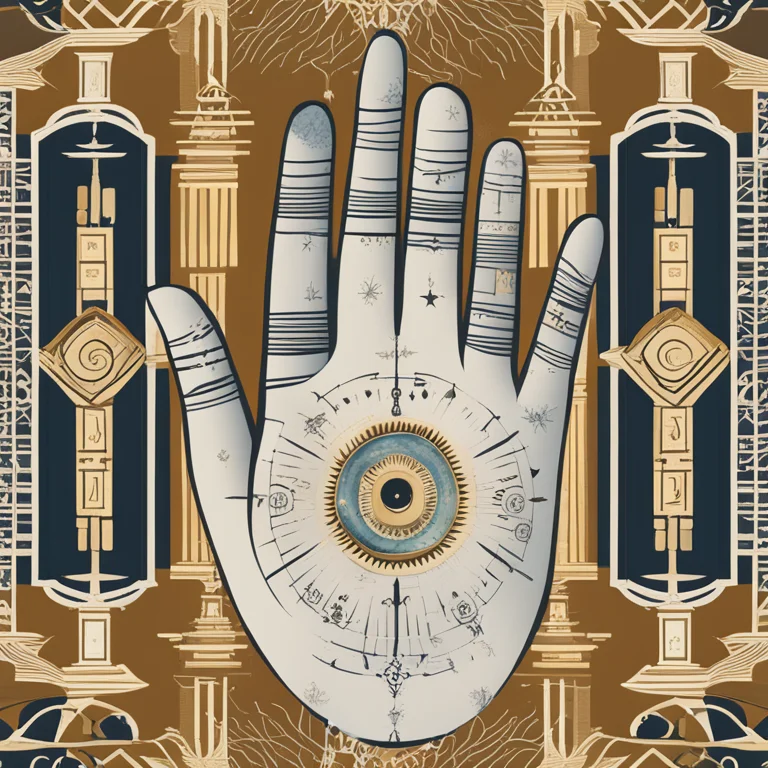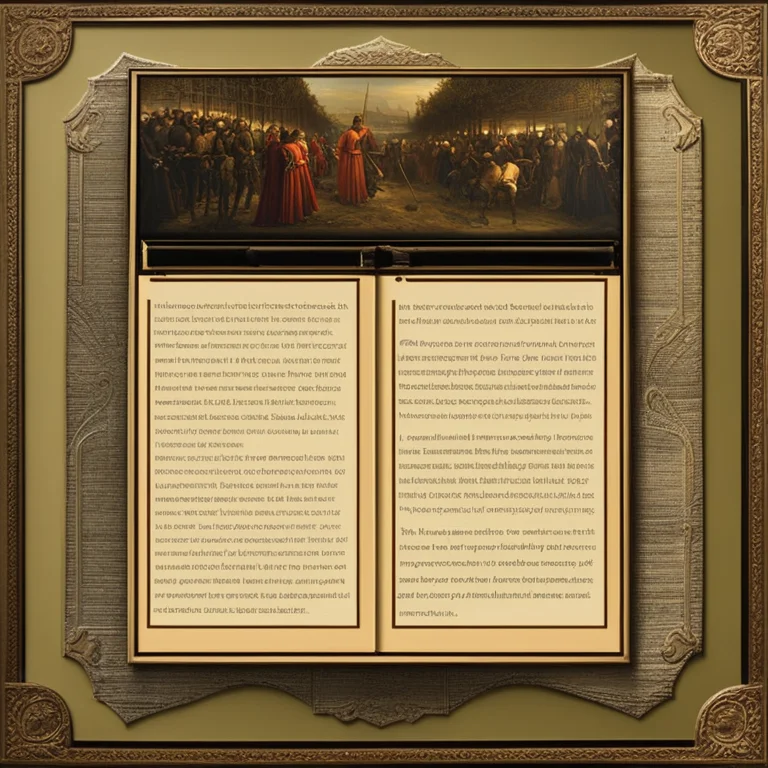
The Origins of Palmistry & Its Historical Timeline
Discover the historical timeline of palmistry and learn about its inception as an art and practice in different cultures around the world.
article by Nora Pennington
The Dawn of Palmistry
Tracing the origins of palmistry leads us back to an era shrouded in antiquity. This ancient practice is believed to have originated over 5,000 years ago, sprouting independently in diverse regions such as India, China, Tibet, Persia, Egypt, and among various cultures. Palmistry, or chiromancy as it’s also known, was first systematically set forth in texts in India, becoming an integral component of Hindu astrology, known as Samudrika Shastra. Historical narratives suggest that it was devised by sages who sought a deeper understanding of human destiny through the study of palm lines, shapes, and sizes.

Astrology and Palm Connections
The intertwining paths of palmistry and astrology reflect their shared ancestry in the quest for wisdom and predictive foresight. Astrology, with its emphasis on celestial influence on human affairs, often intersects with palmistry in various traditions, especially with the purported planetary influences on the palm’s lines. As discovered in Vedic texts, this synergy denotes the alignment of cosmic forces with individual life paths, marking palmistry as an extension of celestial divination, admired for its unique, person-specific insights.

Spread Across Civilizations
As ancient trade routes opened the way for cultural exchange, palmistry permeated through Eurasia, capturing the imagination of the Greeks and Romans alike. Historical figures such as Aristotle are believed to have dabbled in palmistry, relaying its essence to Alexander the Great, who reportedly took a keen interest in judging the character of his officers by reading their palms. An evolution of practice and thought is evident as palmistry, while enriching Western esoteric traditions, began to adopt a more character-based focus rather than strict fortune-telling.

The Medieval Resurgence
During the Middle Ages, palmistry experienced a resurgence in Europe. Despite some pushback from religious institutions, it found its way into the folds of mainstream curiosity and study, often entwining with the medical knowledge of the time. Physicians in various medieval European towns would reference manuals that included rudimentary palm reading to ascertain physical health and personality traits, integrating it into holistic care. The Renaissance period further bolstered interest in palmistry, aligning with a rebirth of ancient philosophies and sciences.

From Parlor Game to Systematic Study
As time progressed, palmistry transitioned from an esoteric practice to a subject of scientific interest in the 19th century. Figures such as Captain Casimir Stanislas D'Arpentigny and Louis Hamon, also known as Cheiro, sought to classify hand types and bring a systematic approach to palm analysis. Although their methods were not empirically scientific by modern standards, they contributed to palmistry's enduring popularity. These works paved the way for palmistry's more modern interpretations, which often blend intuitive assessment with psychological insights.
Palmistry in the Modern Age
Today, palmistry maintains a presence in both pop culture and the contemplative spaces of spiritual seekers. While the digital era challenges traditional practices, palmistry has adapted, finding new platforms and proponents online. Despite variations and contemporary adaptations, the essence of palmistry—a deep dive into the enigmatic lines of our hands in search for directional clues to our life’s trajectory—remains the same. Depending on cultural context and individual belief, palmistry continues to evolve, merging ancient knowledge with modern interpretations.
Published: 1/11/2024
Modified: 1/12/2024
More predictions
Come back here soon to learn more about yourself and your future


The Basics of Palm Reading: A Beginner's Guide
Discover the basics of palm reading in this comprehensive guide aimed at beginners interested in the ancient practice of palmistry.


The Secrets of the Jupiter Mount & Palmistry
Discover the significance of the Jupiter Mount in palm reading and how it reflects your leadership and ambition.


Palm Lines: A Guide to Your Hands' Secrets
Learn the art of reading palm lines with our straightforward guide. Discover what your hands reveal about your personality, destiny, and life!